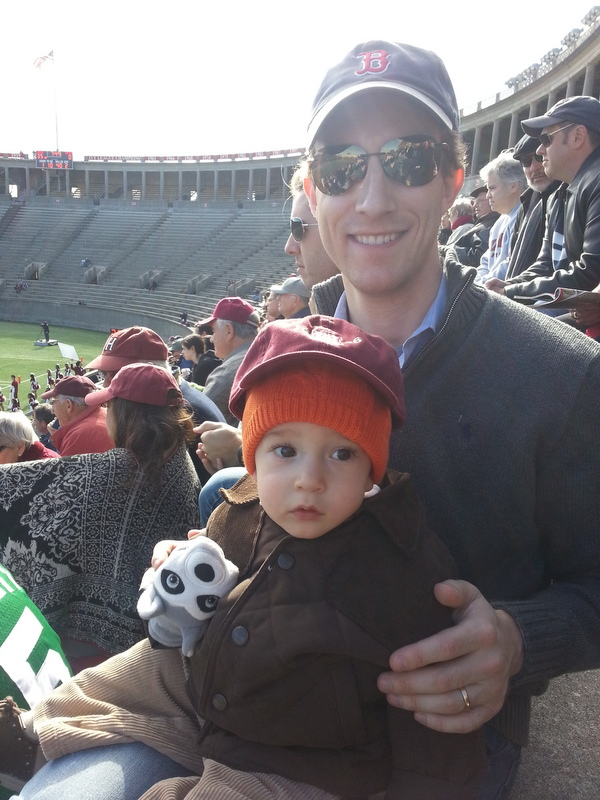Despite the arrival of summer (which has been way too hot thus far in Boston for my taste!), I've been writing, thinking, and talking about children's afterschool activities more than ever. This is mainly related to the release of Playing to Win: Raising Children in a Competitive Culture, set for September 1, but also because of the release of a new paper published in The American Journal of Sports Medicine. The paper, "Pediatric Sports Injuries: An Age Comparison of Children Versus Adolescents," is the first paper out of my post-doctoral fellowship on youth sports injuries-- an interest that was a natural outgrowth of my research for Playing to Win as I saw children injured through their participation in soccer and dance. This paper, completed in conjunction with sociologist/demographer/friend Rebecca Casciano and doctors at Boston Children's Hospital (where the data are from), shows that younger children are more likely to suffer acute injuries from participation in organized sports, while older children are more likely to sustain overuse injuries. Whatever the age, sport, or type of injury, a surprising number of children require surgery to correct their injuries (40%).
This work shows one of the potential pitfalls of participation in competitive activities, but my latest entry at Psychology Today, "Measuring Ambition in Today's Youth," highlights a potential benefit: demonstrating ambition in youth. The piece talks about why it's important to measure and show ambition, and links this to some recent beauty pageant experiences I have had as well.
The case of Missy Franklin also highlights benefits (college scholarships, world travel, international acclaim, likely millions in endorsements some day) to competitive children's sports. This great article in the Youth Sports edition of ESPN The Magazine (here on the web with ESPNw) includes a quote from yours truly and a plug for Playing to Win. Very exciting!
Also very exciting was that Playing to Win was included in some amazing company on this reading list about increased consumption among middle class families in the US. I figure this may be the only time I'm mentioned on the same list as Adam Smith, so I better enjoy it! Maybe you'll find some summer reading here to tide you over until my book is released... :)
Happy 4th!



